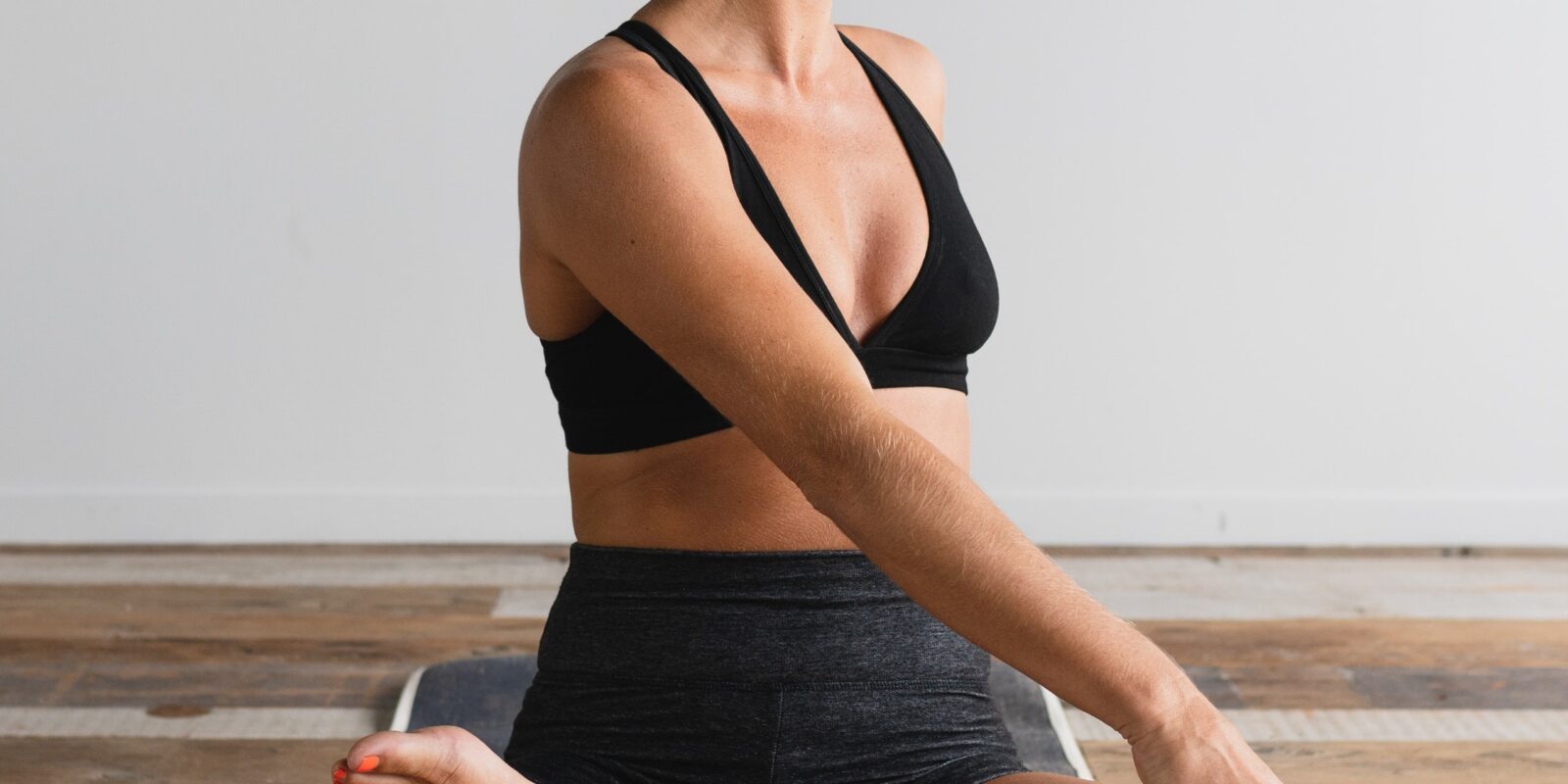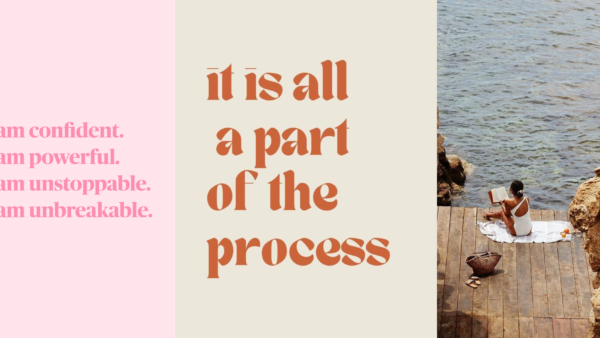Both Pilates and yoga are exercises that focus on the mind-body connection, and offer improved strength, better mobility and bolstered metabolism. But their approaches and goals might differ, depending on what you’re looking for. If you’re not sure which one you’d like to add to your repertoire, we asked the pros to help you decide.
Pilates vs yoga: Which one should you choose?
Yoga is a 5,000-year-old wellness practice with an origin in Ayurveda. “Yoga is a way of life and works on the mind, body and soul. However, in yoga the focus is not just on the movement but also on perfecting that posture and holding it,” says yoga teacher Pragya Bhatt. On the other hand, “Pilates—developed in the 1920s—consists of moving through a slow, sustained series of exercises using abdominal control and proper breathing. It aims to strengthen the core, correcting posture and building confidence in every movement. With Pilates, the quality of each posture is given priority over repetition. As the spine is vital for all mobility, this support is, in essence, the workhorse of the inner core,” says Chaiyong Wongtungcharoensuk, fitness manager, Chiva-Som.If you’re looking for a cardiovascular workout…
“Yoga is made up of achieving a series of static postures, whereas with Pilates you will be challenged to start in unstable postures and adjust your limbs to achieve strength and stability,” says Wongtungcharoensuk. “Of the two, Pilates tends to be a bit more fast-paced than yoga,” says fitness trainer and yoga teacher, Megha Kawale.
If you’re looking to build a strong core…
While mat Pilates can definitely be done without equipment, most in-person fitness classes will include exercise on the reformer, chair or rings. Pilates tends to be more focused on moves practised on the ground versus standing poses, and there is an emphasis on training the core in short sets. In yoga, the focus is on balance, twisting and pushing your body to its maximum flexibility, and in many poses, you’re likely upright. The core is also worked in yoga as well, but you’re usually not likely to count or work in sets. If you need to build flexibility…
“With yoga, you can really build flexibility,” says Kawale. Flexibility is the ability to move muscles and joints through their complete range. Poses held for a long time serve to create a deep connection to the muscle tissue, encouraging it to relax and open up because it allows you to get into the connective tissues and improve range of motion. Because yoga often includes specific balancing exercises (like poses where you stand on one leg), it might be more helpful for balance.
If you need to aid rehabilitation post-injury…
“Pilates is better equipped to speed and strengthen recovery processes,” confirms Kawale. Slower, controlled practices work to rehab specific injuries through the use of targeted postures. “When you do Pilates, all the muscles in your body are worked, but you don’t feel sore or hurt,” she says. Your range of motion can be improved and any overcompensation from one side of the body to the other can be corrected through the practice too. If you need to de-stress…
Yoga’s focus on mindfulness and breathwork can help students improve their mental and emotional health. Research also suggests that this practice is great for anxiety and depression too. The mind, body and spirit are meant to be united by the practice, so the spiritual and meditative aspects of yoga can be a great boost, advises Kawale.
The article was first published in Vogue





